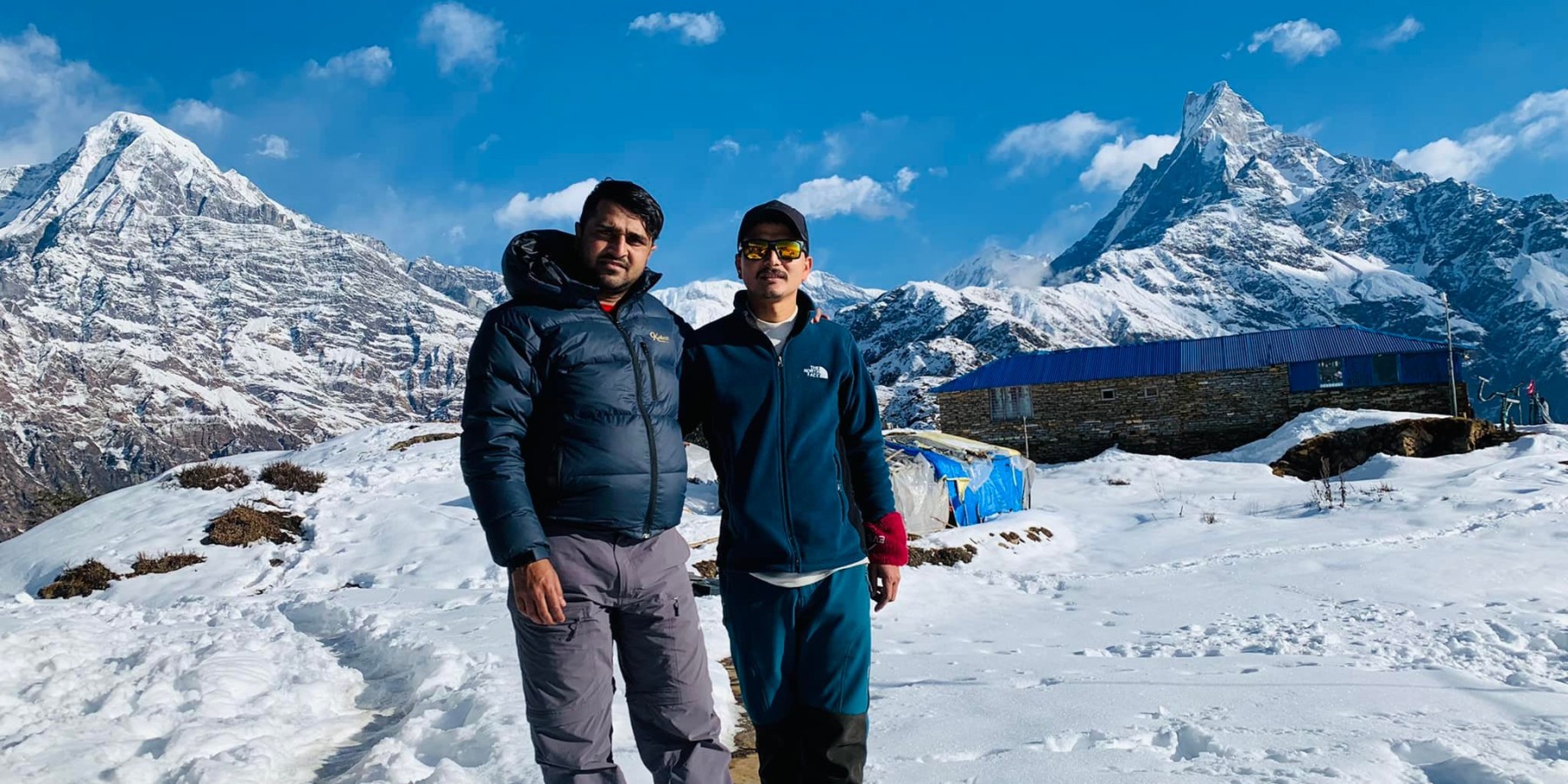
1. What is Trekking?
Trekking is making a journey on foot, especially hiking through mountains areas for multiple days and along Lovely mountains, villages and enjoying nature and/or close contact with people in remote mountain villages where lifestyles have been unchanged for many generations.
2. How many types of Trek?
There are two major trekking types in Nepal, Tea House Trekking and Camping Trekking.
What is Camping Trekking?
Camping trek is fully organized by team members with suppliers of all necessary provisions. The whole equipment- tents, sleeping mats, intake tent, area instrumentation, food and other stuff provided by the company.Guide, cook, encampment staff, area team and porters. On the trekking, end of the day; they are planning to mount the campsite in the best possible places, prepare food and long halt. During the morning escape from the camp, electronic computers have breakfast and continue onward hiking which may take involves until the end of the pre-planed trek.
The typical days of encampment trek jointly follow identical as eating house trekking as timetable and the foods be steamed by the well-trained cook. At the encampment, spot variety of our staff team likes to sing-song and dance too or some places mother cluster of space folks would possibly come to perform their native culture show. Throughout this regards your guide will collect some donation for them that they use that money for social service– care of health and preserve their typical culture. We recommend camping trek with a group rather individual basis.
- What is Teahouse Trekking?
In Nepal, Teahouse trekking is when the trekkers use local lodges for food and accommodations instead of sleeping in a tent or carrying their own food in the mountain. Tea House lodge keeps the basic amenities with accommodation and they serve you excellent local food and western dishes. Within the teahouses, your guide will ensure you that to stay in purchase the minimum level of comfort you expect a neat and clean room, hot showers and other normal facilities are accessible principally in regular and most well-liked routes – Annapurna, Mt. Everest and Lang tang areas and other newly open trekking routes. These days, in most of the famous trekking routes, the local communities have developed the level of standard in local teahouses for the betterment of village tourism.
Trek grading system
- Easy
Trekkers without previous experience are offered a diverse range of easy treks. The easy trek involves no difficult climbing or ascents to high altitudes and is usually less than a week suitable for everyone. However, the loss of height does not mean loss of interest because lower altitude treks often provide colourful horizons of a whole series of mountain ranges. The easy treks are considered full access to teahouses and low altitudes.
- Medium
Medium treks are more challenging than easy and are suitable for any trekker looking for something a bit more energetic. In general, they are longer than roughly 10 days walking up and down climbing to higher altitudes. At this altitude, you will be rewarded with close-up views of bigger mountains. The medium treks are considered full access to higher altitudes.
Medium-hard
Trekkers with some previous mountain walking experience should only undertake medium-hard treks. These treks ascend to high altitudes (up to 5000m) and involve some steep climbing, although it is never necessary to use ropes.
- Hard
Hard treks are suitable only for real adventure seekers. Some steep ascents to high altitudes with the possibility of rope climbing are involved in this category. Trekkers will need the stamina to complete one of these wilderness treks as they might last for 20-28 days.
Trekking equipment checklist
Equipment checklist (some things depending on temperatures and the phase of development of the trekking area:
Necessary Personal:
A pair of hiking/trekking boots
A pair of slippers
Several pairs of woollen socks and cotton socks
One light long underwear bottom
One medium-long underwear bottom
A pair of climbing and pile pants
Two medium polypro shirts
One light woollen/fleece sweater
One pile jacket
One down vest
One down sweater/jacket
A pair of light wind Gore-Tex jacket and pant
A pair of woollen hats and a Sun hat
A pair of glacier glasses
A pair of Gore-Tex glove shells with liner or ski gloves
A pair of woollen gloves
A Swiss Army knife
A trekking pack
Sunscreen lotion SPF 10 to 30 and sunscreen stick SPF 10 to 30
Books, mp3 player (opt)
A one-litre water bottle
A pair of trekking poles (opt)
One torch with enough sets of batteries
large and strong waterproof duffle bag
toilet paper (opt)
Toiletry items:
Towel, biodegradable soaps, pre-moistened novelettes, washcloth, sunscreen, lip balm, and any additional personal items such as toothbrush, comb, etc.
Personal first aid kit box:
Be advised to check with your doctor.
Suggestions: aspirin or ibuprofen, Band-aids/bandages, moleskin, scissors, tweezers, tropical antiseptic, anti-acid tablets, laxatives, water purification tablets.


